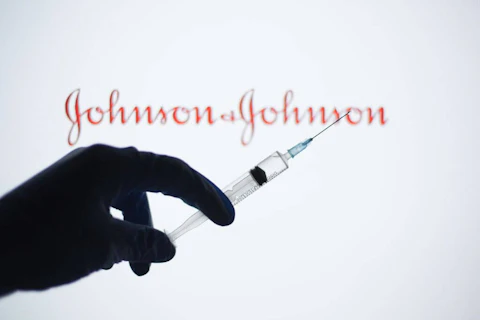President-elect outlines how he wants to get the American economy back on track with direct aid to individuals and small businesses, funding for vaccinations, and a large investment in infrastructure.
President-elect Joe Biden announced a two part, $1.9 trillion relief plan Wednesday night that aims to prop up America’s stumbling economy and pull the nation out of the COVID-19 pandemic.
The relief package is designed to tackle the many crises Biden will inherit next week when he takes office. It includes direct aid to individuals and families, small businesses, vaccine production, COVID-19 testing and aid for whole communities.
“We’re in the middle of a once in several generation economic crisis with a once in several generation public health crisis. [This is] a crisis of deep human suffering in plain sight. There’s no time to waste,” he said. “We have to act.”
The first part of the relief package, called the American Rescue Plan, is aimed at the pandemic. Along with funding for testing and boosting the vaccine rollout, it would also allocate direct financial assistance to Americans, increase unemployment insurance benefits, and provide direct aid to communities and tribal governments.
“The vaccine roll out in the United States has been a dismal failure thus far,” Biden said.
On Friday, Biden is expected to lay out his administration’s vaccination plan to achieve his goal of providing 100 million doses in his first 100 days in office. He called on Congress for an additional $400 billion to create a national vaccination program, increase testing, and hire 100,000 community health workers.
The funding would allow officials to open more vaccination sites in communities across the nation and increase access in rural areas with mobile vaccination sites. Biden also highlighted getting educators and staff vaccinated so that they can return to the classroom and students can resume in-person instruction.
“We can do this if we give the school districts, the schools themselves, their communities, the states clear guidance they need,” he said.
The United States hit grim milestones this week for deaths in a single day and new infection rates. Biden also announced former FDA Chief Dr. David Kessler will lead federal vaccine efforts.
The plan also includes financial help for Americans. Biden outlined an addigiont $1,400 in stimulus checks for Americans and increases to federal unemployment benefits from $300 to $400 per week. Those benefits extend through March.
Experts say more funding through stimulus payments will help boost America’s faltering economy. December was a particularly bad month as the economy lost 140,000 jobs.
The second part of Biden’s plan, which he said will be implemented in February, focuses on investments in infrastructure, research and development, clean energy, and innovation.
In this part of the plan, the focus shifts to improving America’s competitive edge in the global market and improving the US economy by buying and manufacturing domestically.
“Imagine confronting the climate crisis with American jobs, ingenuity leading the world. It’s time to stop talking about infrastructure and to finally start building infrastructure so we can be more competitive,” Biden said.
He highlighted rebuilding and improving American roads and bridges, which have been ailing for years. Biden also included improving the infrastructure of the caregiving economy.
Research shows that caregivers who are often women are more likely to leave jobs outside the home to care for children or elders. Without high quality Head Start and daycare programs, which are often underfunded, there are fewer workers to boost the economy.
“Let’s make sure our caregivers, mostly women, women of color and immigrants have the same pay and dignity that they deserve,” Biden said.
He acknowledged the plans outlined are expensive, but said that it would cost the country more to do nothing.
“I know what I just described does not come cheaply, but the failure to do so will cost us dearly,” he said.




